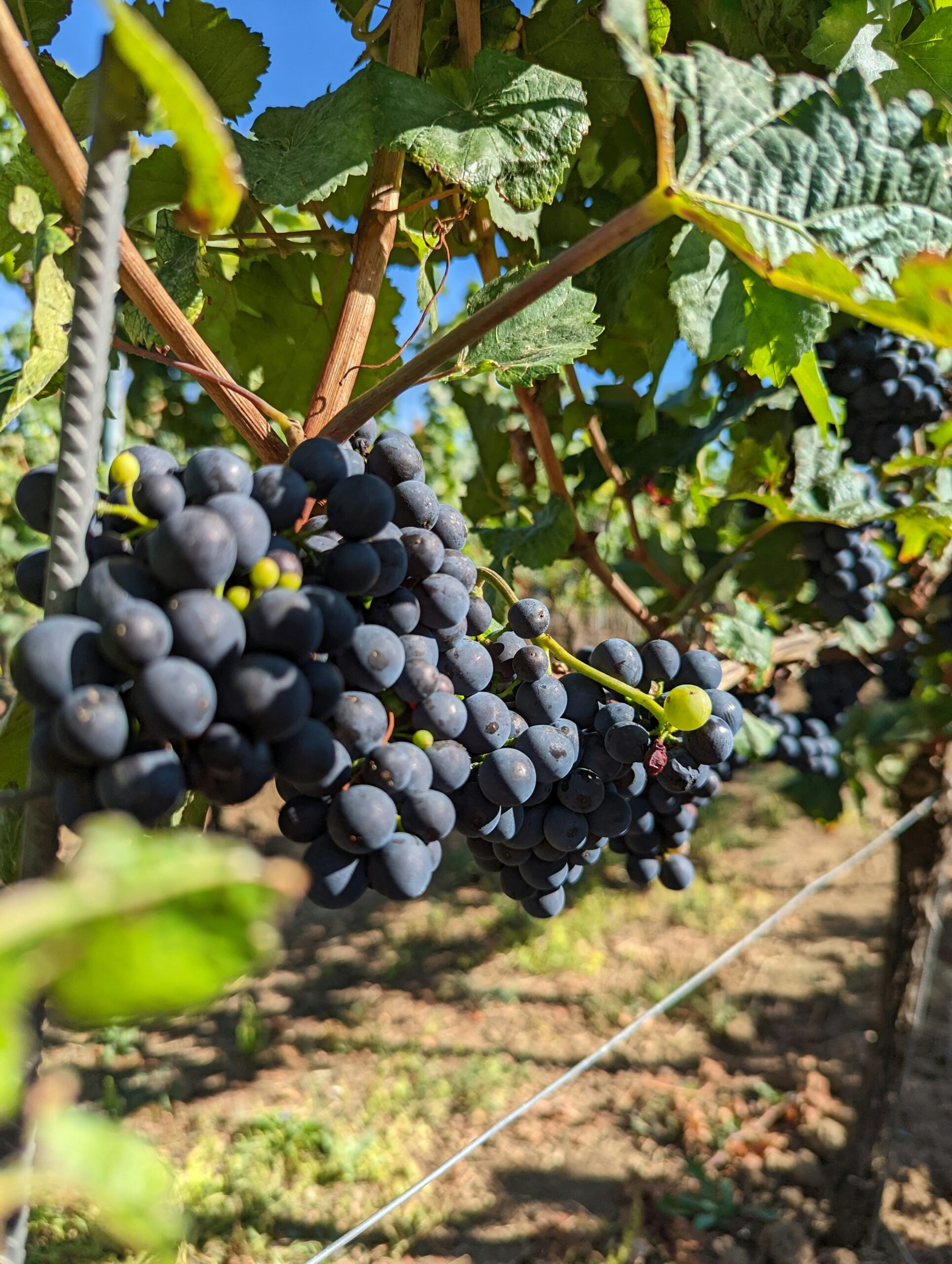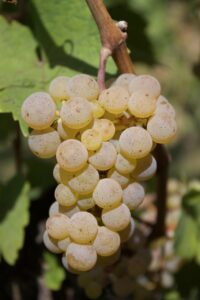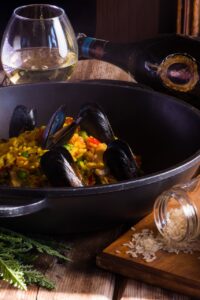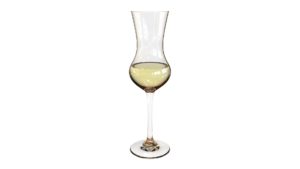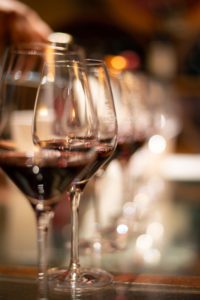Imagine Burgundy as a noble kingdom, long and narrow, stretching 230 km from north to south. It’s divided into five key provinces (sub-regions), each ruled by its own Duke or Duchess, with unique terrain, climate, and royal flavors.
The Five Great Houses (Main Wine Sub-Regions):
Chablis
Côte de Nuits
Côte de Beaune
Côte Chalonnaise
Mâconnais
Each of these houses governs a different land, growing grapes with distinct character. To remember them in order from north to south, let’s use this mnemonic:
Curious Nobles Brew Crimson Magic
C – Chablis
N – Côte de Nuits
B – Côte de Beaune
C – Côte Chalonnaise
M – Mâconnais
1. Chablis – The Ice Queen of the North
Visualize Chablis as the Ice Queen of Burgundy—elegant, sharp, and mineral-driven. She rules over a cooler land, further north, with ancient soils rich in Kimmeridgian limestone and fossilized seashells.
Grape: 100% Chardonnay (no oak or just a touch)
Style: Bone dry, high acidity, flinty and steely with green apple and citrus
Classifications:
Petit Chablis (lightest, grown on Portlandian limestone)
Chablis (classic style)
Chablis Premier Cru (40 vineyards, e.g., Montée de Tonnerre)
Chablis Grand Cru (7 vineyards on one southwest-facing hill: Les Clos, Vaudésir, etc.)
💡 Memory Tip: Imagine the Queen serving chilled oysters on a limestone platter, her favorite snack with her crisp, steely wine.
2. Côte de Nuits – The Knight of Pinot
Enter the realm of the Côte de Nuits, ruled by the Knight of Pinot Noir. A noble, bold figure dressed in ruby red armor, his land is famed for producing Burgundy’s most powerful and prestigious red wines.
Grape: Pinot Noir (dominant)
Style: Structured, earthy, with red and black fruits, age-worthy
Top Villages (North to South):
Marsannay – Only village with red, white, and rosé AOC
Fixin
Gevrey-Chambertin – The warrior; home of 9 Grand Crus
Morey-Saint-Denis
Chambolle-Musigny – The poet; more delicate wines
Vougeot – Hosts Clos de Vougeot Grand Cru
Vosne-Romanée – The aristocrat; home to Romanée-Conti
Nuits-Saint-Georges – Gritty and earthy; the knight’s origin
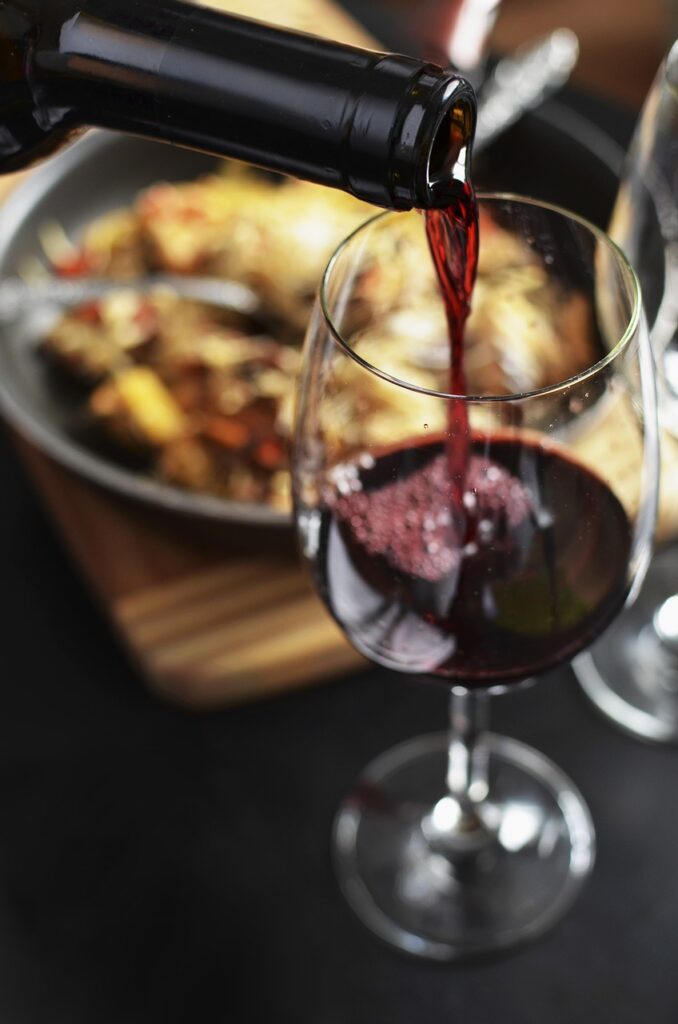
💡 Memory Story: Picture the Knight riding from Marsannay to Nuits-Saint-Georges, stopping in each village to sip a glass of Pinot and duel in terroir-based battles.
🧠 Mnemonic (North to South):
My Foolish Giant Monkey Can Vomit Very Nice Soup
Marsannay
Fixin
Gevrey-Chambertin
Morey-Saint-Denis
Chambolle-Musigny
Vougeot
Vosne-Romanée
Nuits-Saint-Georges
3. Côte de Beaune – The Duchess of Diversity
Next comes the Côte de Beaune, ruled by the Duchess of Diversity, a refined and worldly woman who produces both red and exceptional white wines. She’s Chardonnay’s best friend and Pinot’s elegant cousin.
Main Grapes: Chardonnay and Pinot Noir (more white here than in the Côte de Nuits)
Top Villages:
Aloxe-Corton – Red and white; home to Corton and Corton-Charlemagne
Beaune – Commercial center, known for reds
Pommard – Structured, tannic reds
Volnay – Elegant, perfumed reds
Meursault – Buttery whites with hazelnut notes
Puligny-Montrachet – Lean, mineral whites
Chassagne-Montrachet – Richer whites and some reds
💡 Memory Tip: The Duchess throws a lavish banquet—Pinot and Chardonnay both attend. She pairs Puligny’s minerality with seafood and Pommard’s power with roasted duck.
🧠 Mnemonic for villages (North to South):
All Brave People Value Making Perfect Choices
Aloxe-Corton
Beaune
Pommard
Volnay
Meursault
Puligny-Montrachet
Chassagne-Montrachet
4. Côte Chalonnaise – The Hidden Garden
The Côte Chalonnaise is like the secret garden of the kingdom—less glamorous, but full of honest beauty. Here, the wines are simpler, more affordable, and offer great value. It’s the land of the craftspeople—farmers, artisans, and alchemists who love their soil.
Grapes: Pinot Noir, Chardonnay, Aligoté
Notable Villages:
Bouzeron – Only AOC for Aligoté
Rully – Sparkling Crémant and both still wines
Mercurey – Best reds of the region
Givry – Smallest, known for Pinot Noir
Montagny – Only white wines (Chardonnay)
💡 Memory Tip: Imagine a rustic village where locals host wine tastings in their gardens. A goat cheese wheel is paired with Aligoté from Bouzeron, while Pinot flows freely in Mercurey.
🧠 Mnemonic:
Brilliant Rabbits Make Great Muffins
Bouzeron
Rully
Mercurey
Givry
Montagny
5. Mâconnais – The Sun-Kissed South
Finally, we reach Mâconnais, the sunniest and most generous province in the Burgundy kingdom. The wines are rounder, riper, and more easygoing—like the land itself. The farmer-king of Chardonnay rules here, proud and golden.
Main Grape: Chardonnay (vast majority), some Gamay
Key Appellations:
Mâcon – Broad AOC for red and white
Mâcon-Villages – Whites only, more refined
Named Villages: e.g., Mâcon-Lugny, Mâcon-Prissé
Pouilly-Fuissé – Premier white, rich and tropical
Pouilly-Loché, Pouilly-Vinzelles, Saint-Véran, Viré-Clessé – More elegant whites
💡 Memory Tip: The farmer-king relaxes on a hay bale, sipping Pouilly-Fuissé while golden light pours across his vineyards. The wines are friendly and sunshine-filled.
🧠 Mnemonic:
Many People Sing Very Vibrantly
Mâcon
Pouilly-Fuissé
Saint-Véran
Viré-Clessé
Vinzelles
Bonus: Burgundy’s Hierarchy – The Royal Class System
Now that you know the lands and rulers, let’s review the kingdom’s four-tier classification system:
Regional Appellations (37%) – E.g., Bourgogne Rouge/Blanc. Covers broad areas.
Village Wines (36%) – E.g., Meursault AOC. More defined style and origin.
Premier Cru (17%) – Labeled “Premier Cru” + village name + vineyard (e.g., Meursault 1er Cru Les Perrières).
Grand Cru (10%) – Highest quality; vineyard name only (e.g., Montrachet). 33 total in Burgundy.
💡 Analogy:
Think of this like academic degrees:
Regional = High school
Village = Bachelor’s
Premier Cru = Master’s
Grand Cru = PhD (with honors!)
Study Activities to Reinforce the Regions
1. Map Tracing
Print a blank Burgundy map and label all sub-regions and top villages. Color-code each sub-region with your story’s character.
2. Flashcard Game
Create flashcards with:
One side: Name of a village or sub-region
Other side: Grape(s), wine style, classification, and a key fact or imagery from the story
3. Storytelling Practice
Practice telling “The Burgundy Wine Kingdom” story aloud to friends or family—like you’re reading a fairy tale. The repetition will solidify your memory.

4. Food Pairing Role Play
Assign foods to each region’s wines based on the characters. E.g., Chablis (Ice Queen) pairs with oysters; Pommard (Duchess of Depth) with duck confit.
Final Thoughts
Burgundy can be a labyrinth, but stories bring clarity. Each region and village has a unique voice: if you listen. Use this creative memory journey to turn facts into characters and names into experiences. By associating Burgundy’s geography and wine styles with vivid imagery and playful mnemonics, you’ll not only remember it for your WSET Level 3 exam, you’ll feel like you’ve lived it.
And that, my friend, is the magic of wine education.

